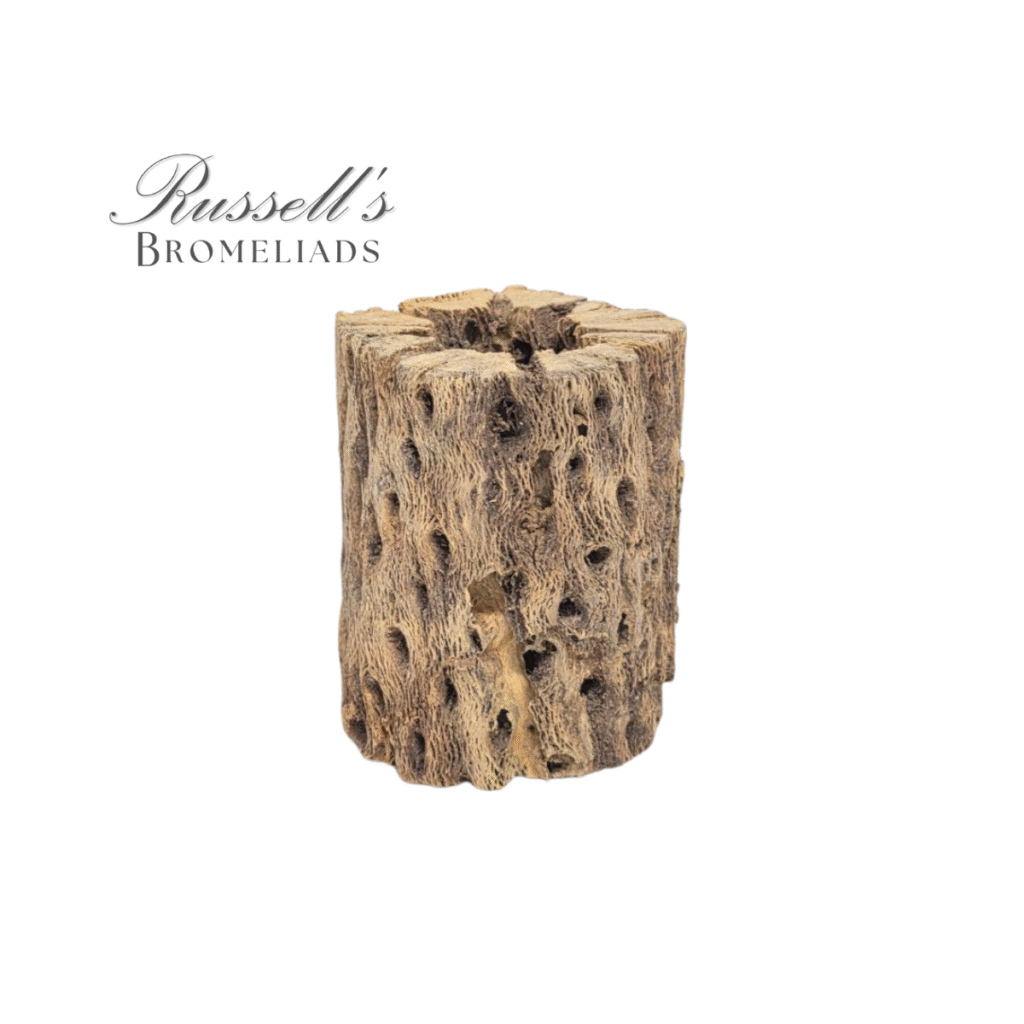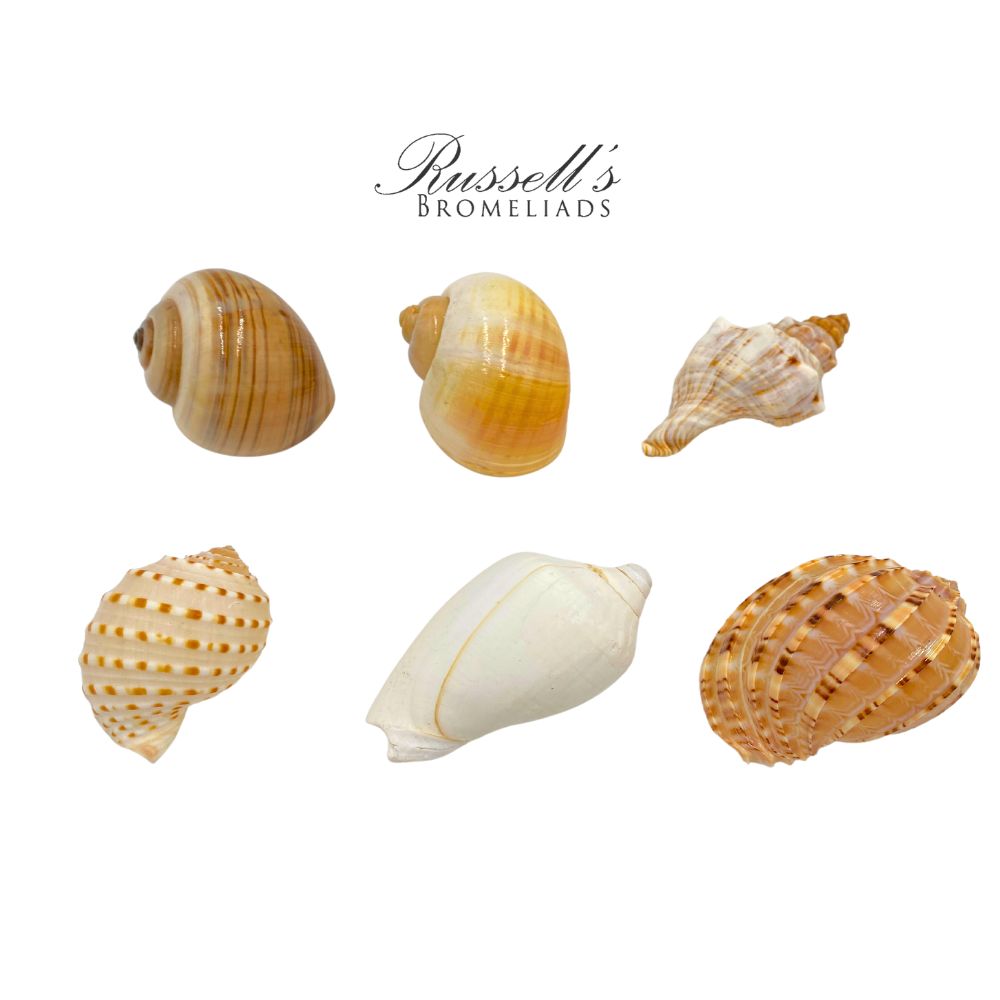AIR PLANT LOVE!
Air Plants are unique epiphytes that don’t require soil to grow. They’re a popular choice for indoor and outdoor spaces due to their unique, low-maintenance nature & aesthetic appeal. This guide will provide you with essential information on caring for and handling air plants. This guide includes proper lighting, watering, temperature & even mounting. By following these guidelines, you can ensure your air plants thrive and bring joy to your home, office or common place.This guide will provide you with essential information on caring for and handling air plants. This guide includes proper lighting, watering, temperature & even mounting. By following these guidelines, you can ensure your air plants thrive and bring joy to your home, office or common place.

INDOOR CARE
Tillandsia in homes, offices, or other indoor spaces should receive plenty of bright, filtered light to stay healthy. The best spot is near a window that allows natural light without exposing the plant to direct sunlight during the hottest parts of the year, as softer-leaved species are more sensitive. If natural light is limited, a broad-spectrum fluorescent light is a great alternative.

OUTDOOR CARE
Air Plants thrive beautifully outdoors when given bright, filtered sunlight. Hanging them beneath a tree canopy or placing them in a covered, screened patio provides the ideal balance of light and airflow they love.
Avoid exposing them to direct sunlight, especially during the summer months, as intense heat can scorch or damage the plants.

WATERING
Tillandsias need far less water than most plants, as they absorb moisture through their leaves rather than roots. Use a spray bottle for even watering. In humid areas, mist once a week; in dry regions, 2–3 times weekly. Avoid overwatering, ensuring the entire plant, especially the base and underside is moistened. If the leaves begin to curl, it’s a sign of dehydration; give the plant a thorough soak and place it in a well-ventilated area to dry within 1–2 hours.

TEMPERATURE
Air Plants can tolerate a wide range of temperatures but thrive best between 70°–80°F (21°–27°C). They can also handle warmer conditions up to 90°–100°F (32°–38°C) if provided with extra moisture, good air circulation, and some shade.
While many species can survive near-freezing conditions, it’s best to avoid exposing them to cold, as freezing temperatures can be fatal. Some varieties may begin to show leaf damage when temp drop below 50°F (10°C).

FERTILIZATION
Fertilize Air Plants once a month by applying nutrients directly to their foliage. Use a liquid or water-soluble plant food that’s low in copper, as high copper levels can be harmful to bromeliads.
Dilute the fertilizer to one-quarter strength before use. While monthly feeding isn’t required for survival, it helps enhance growth, color, and blooming. As with watering, avoid over-fertilizing to prevent damage.

REPRODUCTION
Tillandsia reproduce either by producing offsets (pups) or from seed. Many species develop pups at the base or between the leaves of the mother plant, a trait that makes them especially loved by plant enthusiasts. It’s common for 4 to 8 offsets to appear before, during, or after the mother plant’s bloom.
Once pups reach about one-third to half the size of the parent, they can be gently separated. While growing from seed is rewarding, it’s a slow process that can take years for seedlings to reach maturity.
MOUNTING
Air Plants often grow naturally in colonies or clusters, and many look stunning simply hanging on their own without the need for mounting or accessories. Since most Tillandsia are epiphytic, there’s an endless variety of creative ways to display them. Popular mounting options include grape wood, driftwood, tree branches, cork, clay pottery, rocks, or stones. For inspiration, visit our Finished Products section to explore the mounting materials we offer and the unique decorative pieces we create in-house.
A few tips to keep in mind when choosing your mounting material: make sure it doesn’t retain water, as standing moisture can cause root rot and eventually kill the plant. If using wood, drill a hole for proper drainage. You can secure your Air Plant with adhesives such as E6000, low-temperature hot glue, or Liquid Nails. We recommend E6000, as it’s clear, strong, waterproof, and non-toxic. Over time, the Tillandsia will naturally develop roots and anchor itself securely to the mount.

CARE IMMEDIATELY AFTER SHIPPING
Remember that air plants are living things that, although hardy and resilient, will be put through some strain during the shipping process. They may look poor after being in a dark box for over a week, some species will look worse off than others.
BUT THIS IS TEMPORARY!
To remedy this:
Give the plants a thorough watering, ensuring the entire plant is soaked.
Gently shake off any excess water.
Place the plants in a well-ventilated area so they can dry within 1–2 hours (using a fan can help speed this up).
Keep them in a bright spot with indirect sunlight and good air circulation.
Once dry, maintain a regular watering schedule—mist 1–2 times per week using a spray bottle, but avoid overwatering.
With proper care, your Air Plants should begin to recover within a few days to a week.




